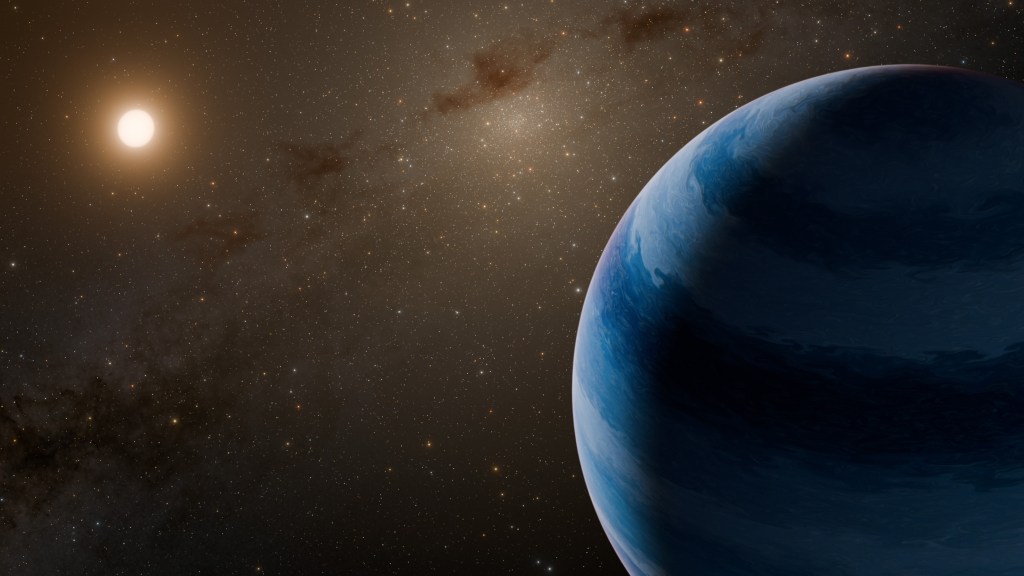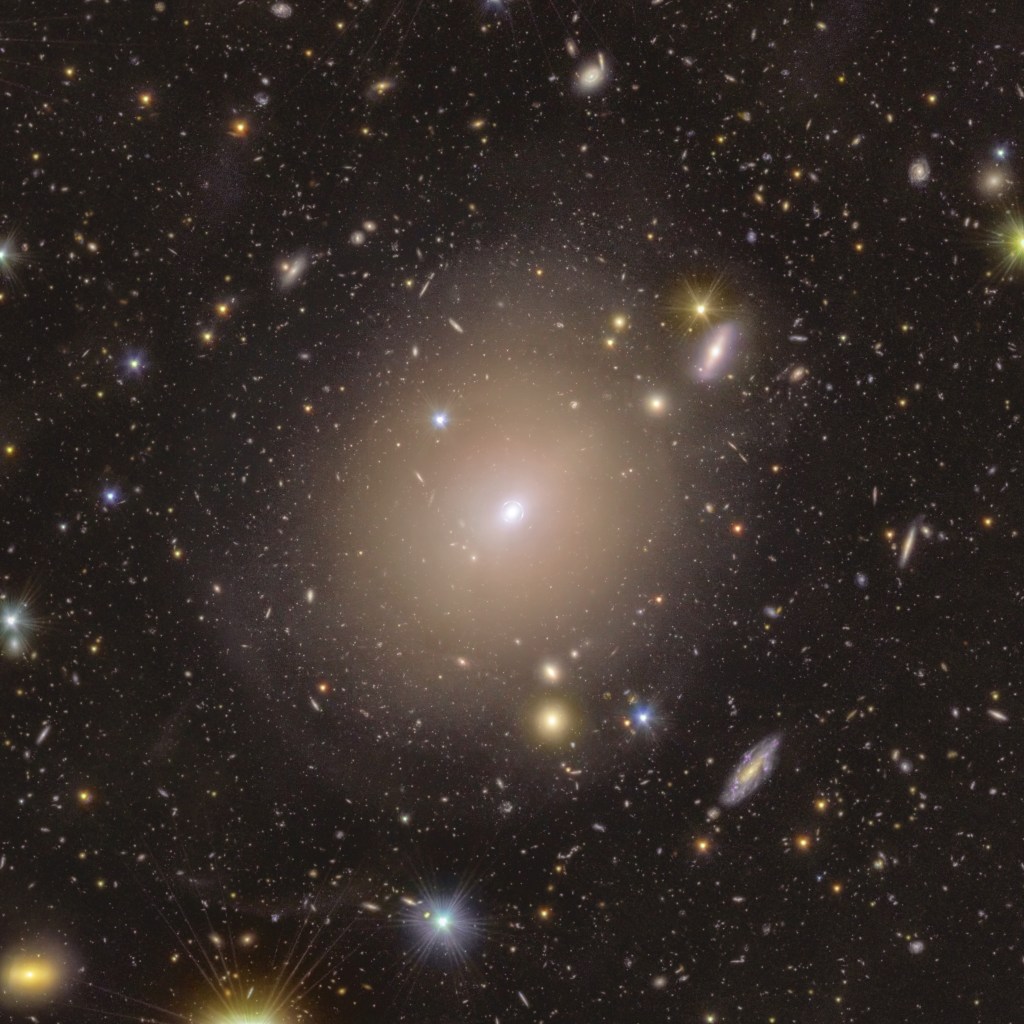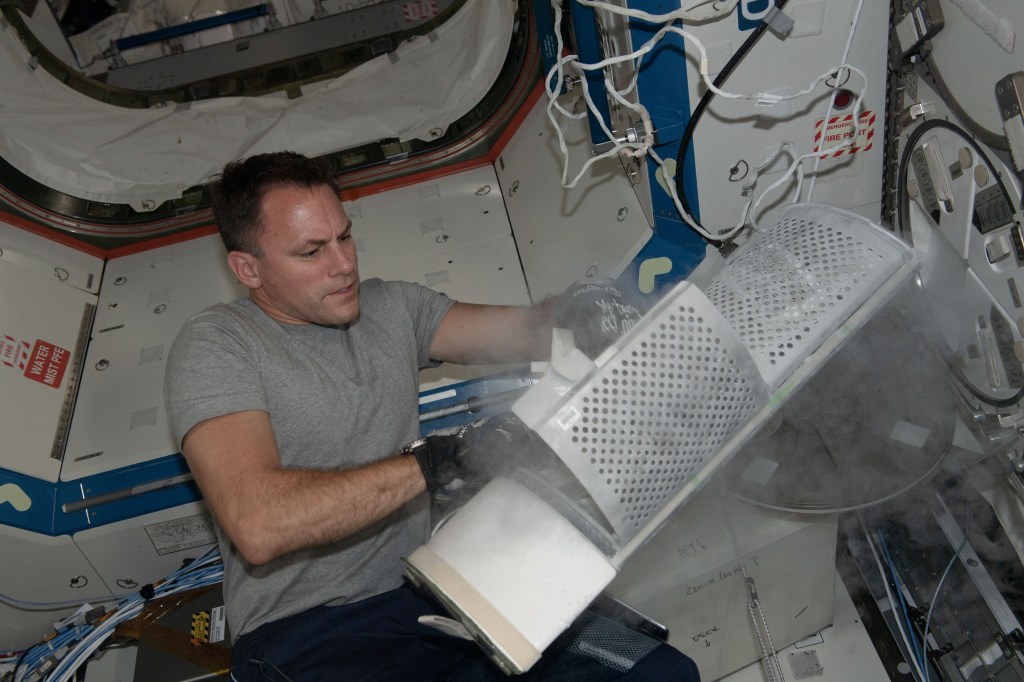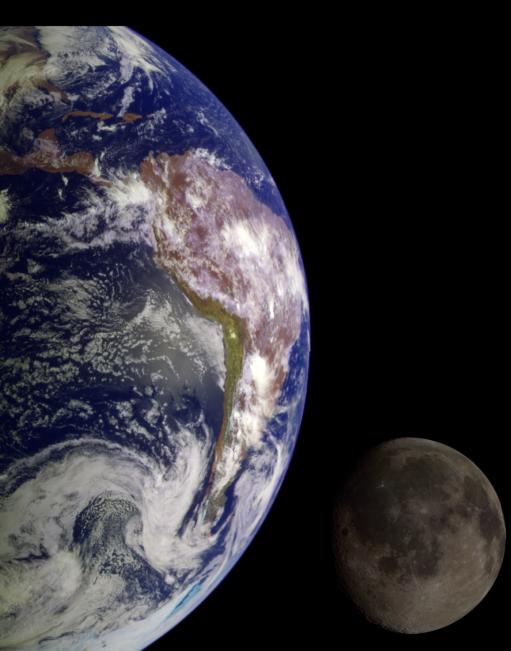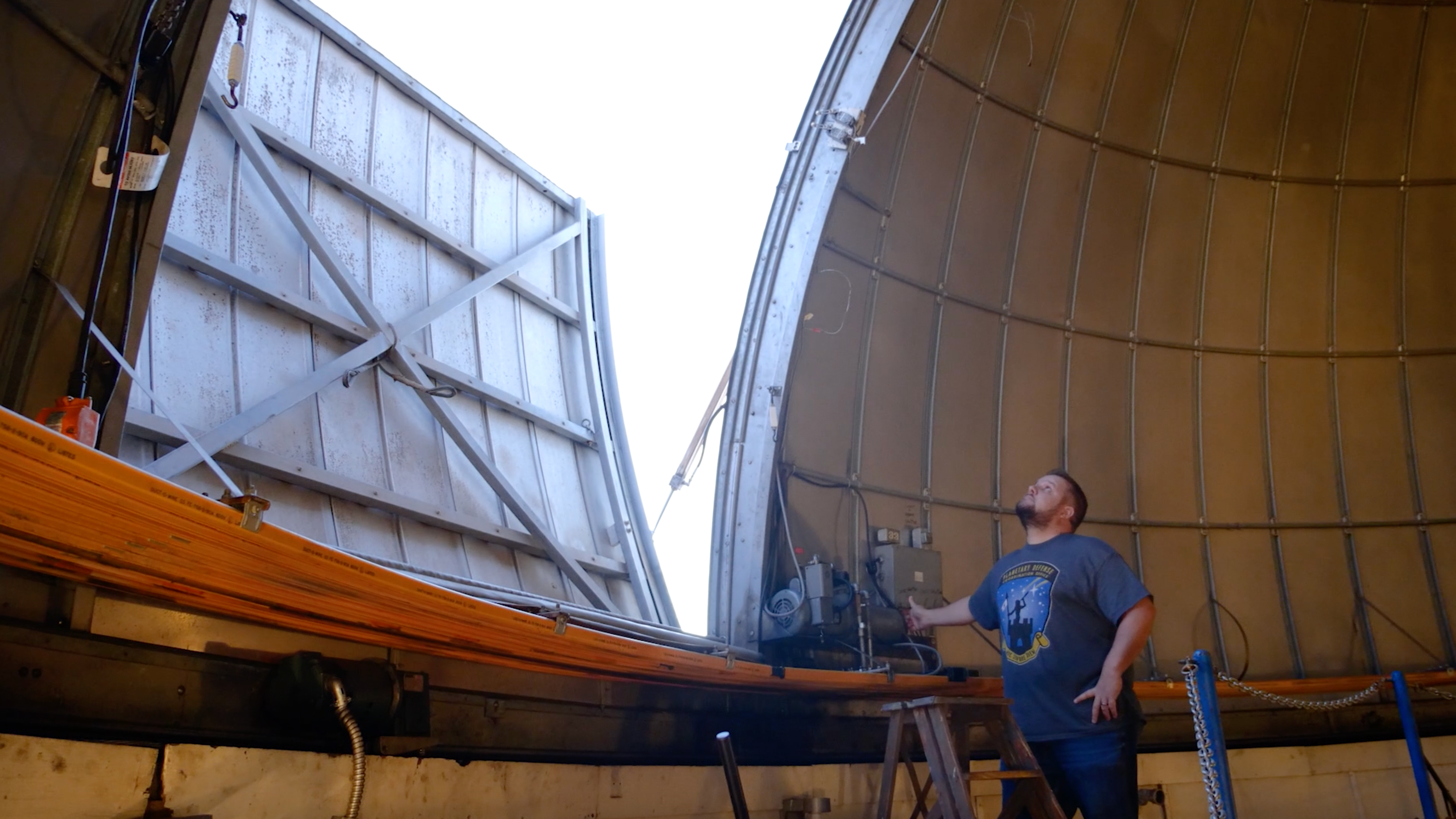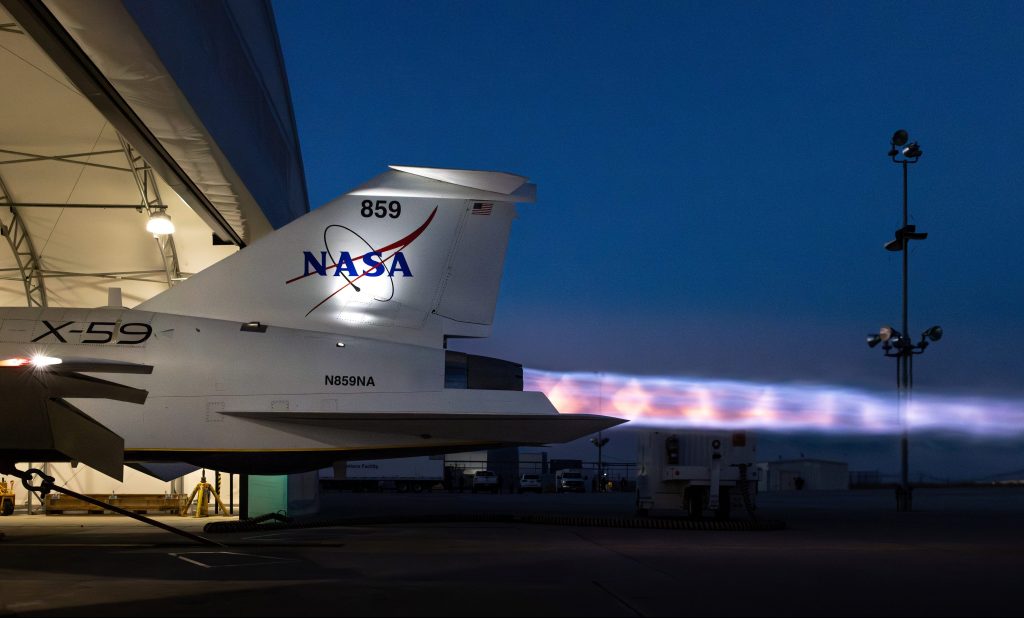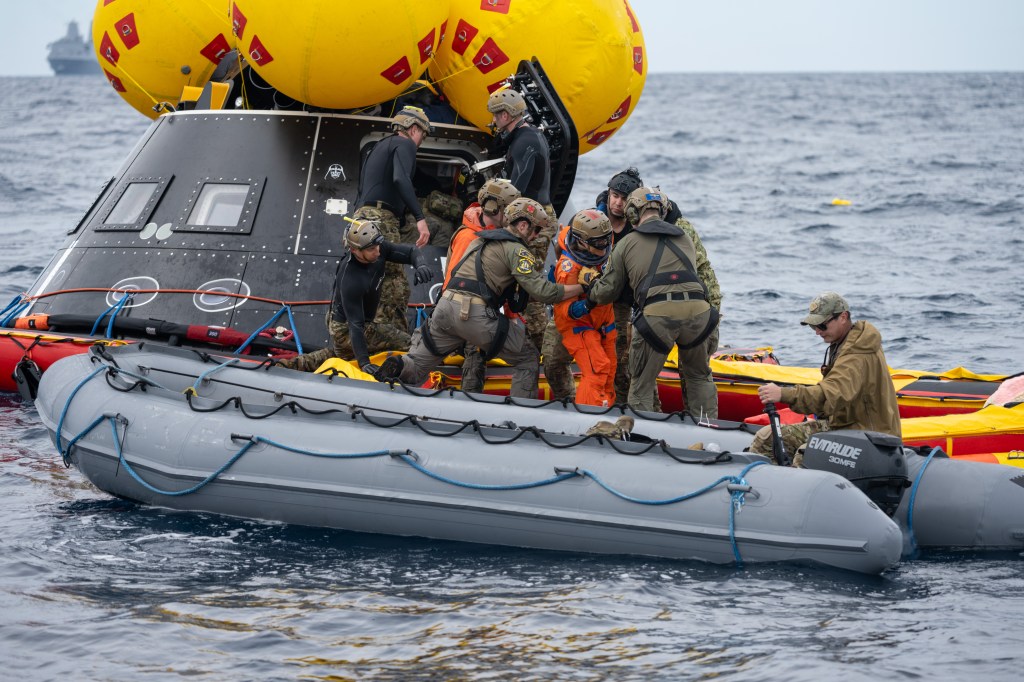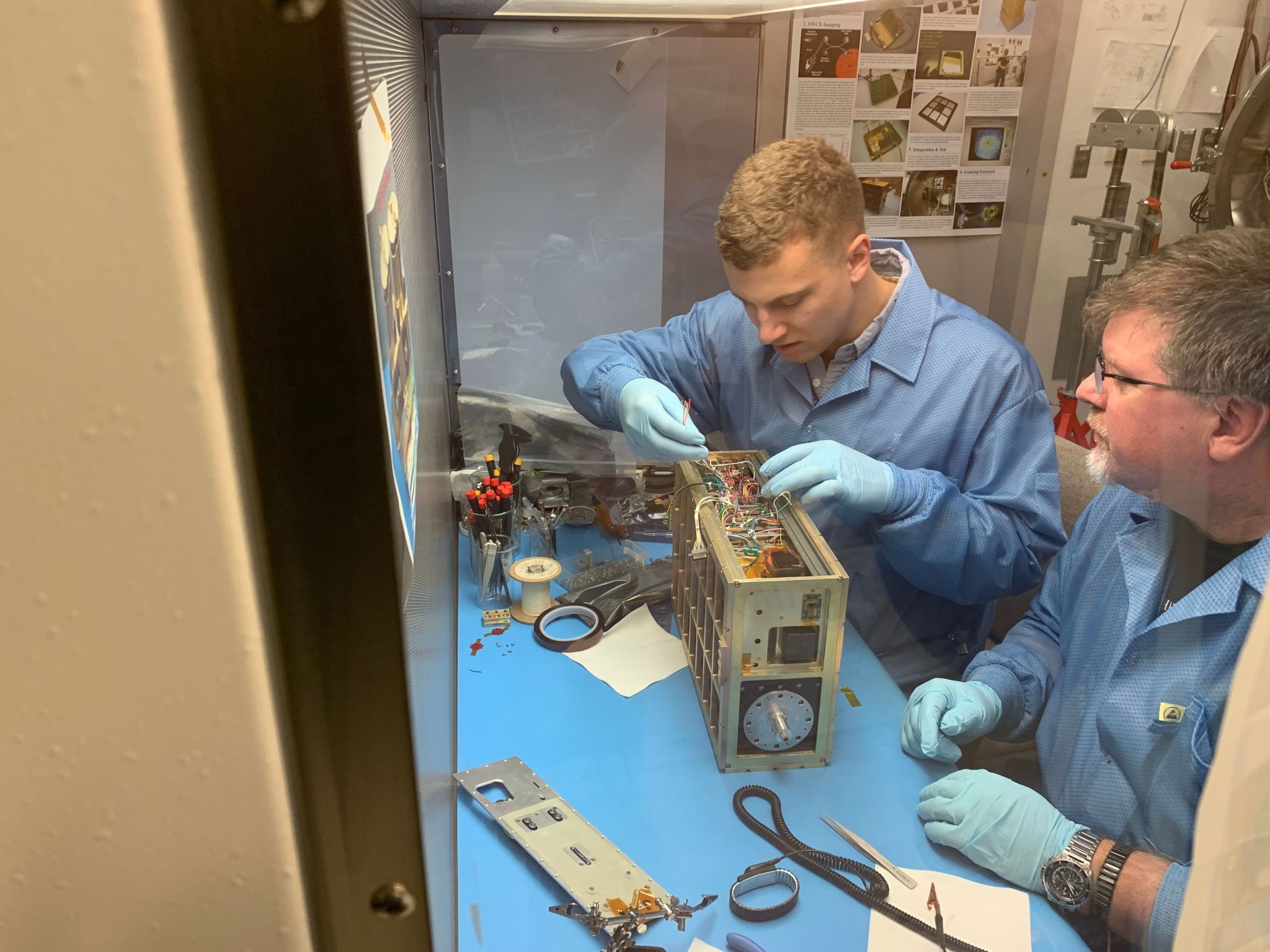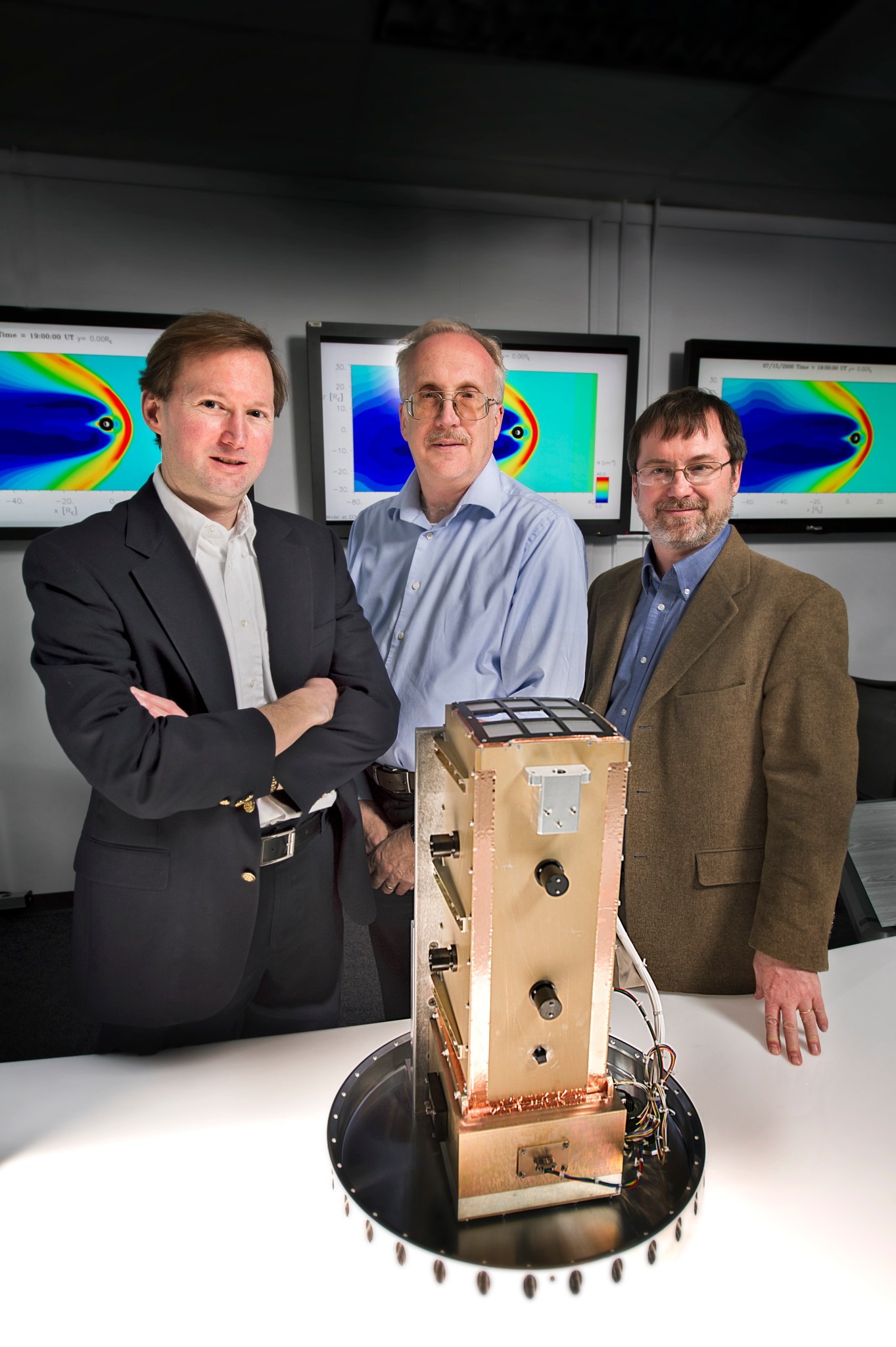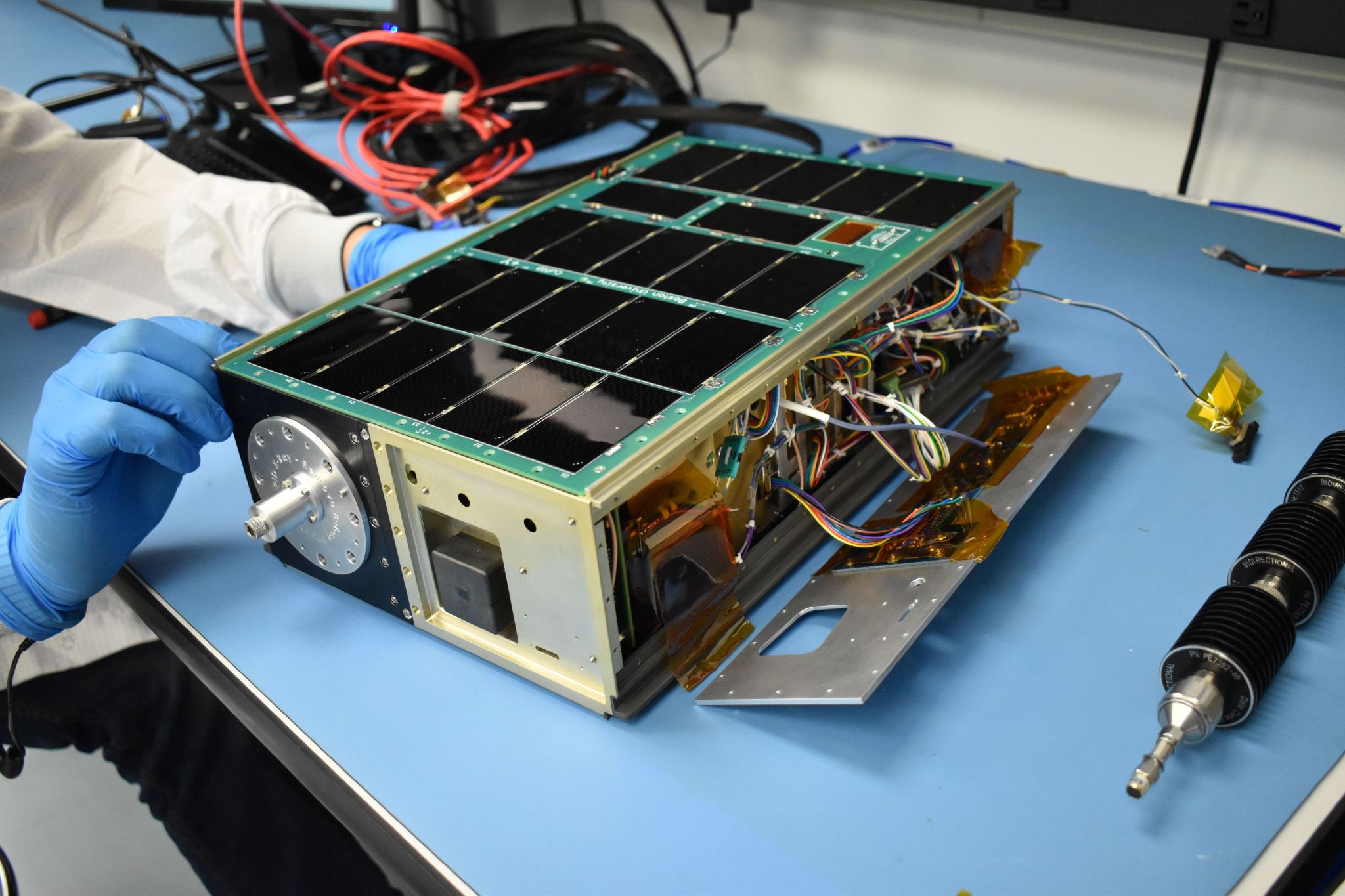The Cusp Plasma Imaging Detector, or CuPID, will orbit about 340 miles above Earth to will image the boundary where Earth’s magnetic field interacts with the Sun’s.
When you help build a satellite the size of a shoebox, you learn pretty much everything about it, says Emil Atz, a PhD candidate in Mechanical Engineering at Boston University. You learn how to write a proposal to fund it, how to place the screws that hold it together, how to test each instrument to ensure it functions properly.
And then you learn how to say goodbye.
“It’s a scary feeling, working on a piece of hardware full-time for four years, and then putting it into the rocket deployer to never see it again,” Atz said. “I didn’t want to close the door.”
This September, a rocket will launch from Vandenberg Space Force Base in California, bringing with it Landsat 9, a joint mission of NASA and the U.S. Geological Survey. The rocket will also carry four CubeSats – compact, box-shaped satellites used for space research projects.
Compared to standard satellites, CubeSats are inexpensive to launch. Just like when friends split a cab fare, tiny satellites can hitch a ride on rockets carrying several other missions, bringing down the cost for each.
One of the CubeSats launching with Landsat 9 is the Cusp Plasma Imaging Detector, or CuPID. No larger than a loaf of bread nor heavier than a watermelon, CuPID has a big job. From orbit about 340 miles (550 kilometers) above Earth’s surface, little CuPID will image the boundary where Earth’s magnetic field interacts with the Sun’s.
Atz is part of a team of collaborators from NASA’s Goddard Space Flight Center in Greenbelt, Maryland, Boston University, Drexel University, Johns Hopkins University, Merrimack College, Aerospace Corporation, and University of Alaska, Fairbanks who made CuPID possible.
On a mission
Produced by Earth’s magnetic field, the magnetosphere is a protective bubble surrounding our planet. “Most of the time, we’re shielded pretty well from the Sun’s activity, as energy and particles from the Sun go around the Earth,” said Brian Walsh, assistant professor of Mechanical Engineering at Boston University and CuPID’s principal investigator.
But when the Sun is active enough, its magnetic field can fuse with the Earth’s in a process called magnetic reconnection. Earth’s magnetosphere changes shape and solar radiation comes trickling toward us, potentially putting satellites and astronauts in harm’s way.
“With CuPID, we want to know what the boundary of Earth’s magnetic field looks like, and understand how and why energy sometimes gets in,” Walsh said.
While missions like NASA’s Magnetospheric Multiscale or MMS mission fly through magnetic reconnection events to see them at a micro scale, CuPID seeks a macro view. Using a wide field-of-view soft X-ray camera, CuPID observes lower-energy, or “soft,” X-rays emitted when solar particles collide with Earth’s magnetosphere.
Building that camera wasn’t easy. X-rays don’t bend as easily as visible light, so they’re much harder to focus. Plus, imaging Earth’s magnetic boundary while orbiting Earth is like sitting in the front row of a movie theater – so close, it’s difficult to see the full picture. A suitable camera needs to be specially built to capture a wide field of view from relatively close.
Sixteen years ago, a team of scientists, engineers, technicians and students at Goddard and Wallops Flight Facility on Wallops Island, Virginia began work on a prototype. Instead of bending the light, their camera reflected or “bounced” the X-rays into focus, passing them through a grid of tightly-packed channels arranged to give it a wide-field view.
In 2012, Dr. Michael R. Collier, who led the Goddard contribution to CuPID, and Goddard colleagues Dr. David G. Sibeck and Dr. F. Scott Porter, tested the camera in space for the first time aboard the DXL sounding rocket.
“It was so successful that we immediately started working on ways to miniaturize it and put it into a CubeSat,” Collier said.
In 2015, a predecessor of CuPID flew on a second sounding rocket flight. Soon after, the project was selected by NASA to bring the full satellite with avionics to fruition. Students and scientists have been working on CuPID ever since.
High risk, high reward
Until California Polytechnic State University developed the first CubeSat in 1999, most satellites were the size of cars or buses and cost hundreds of millions of dollars to develop and launch, said Walsh. Those high costs deterred risk-taking. If a new, experimental tool failed, large sums of money would be lost.
“The original goal of CubeSats was to be lower cost, allowing the democratization of space,” said Collier. Lower costs mean more room for experimentation and innovation.
“They’re higher risk, but also higher reward,” Walsh said.
The proliferation of small, experimental satellite missions has created more opportunities for students to get involved in hands-on engineering projects.
In her first year as a mechanical engineering student at Boston University, Jacqueline Bachrach, a self-described “space kid,” enrolled in Walsh’s Introduction to Rocketry course. Soon after, she joined his lab and has since taken on an important role in the CuPID mission.
“I’ve learned a lot of important skills, which I may eventually apply to other missions,” said Bachrach, now a junior. “Everyone on the project has so much knowledge that they’re willing to share. It’s been an incredibly valuable experience, especially for an undergrad.”
The journey ahead
The team is already preparing for CuPID’s insights into the mysteries of magnetic reconnection.
Atz says he is eager to make first contact with the satellite once it’s in space and to start transferring data. Students will be involved with that, too. He and Walsh have begun training several undergraduate students, including Bachrach, to track the satellite’s health and interpret its data from orbit.
“With a big mission, you don’t get a lot of opportunities for students to have a heavy hand in contributing,” Atz said. “With CuPID, students have been involved almost every step of the way.”
For the many students and scientists involved in CuPID’s more than 15 years of development, the most exciting part is yet to come.
By Alison Gold
NASA’s Goddard Space Flight Center, Greenbelt, Md.


